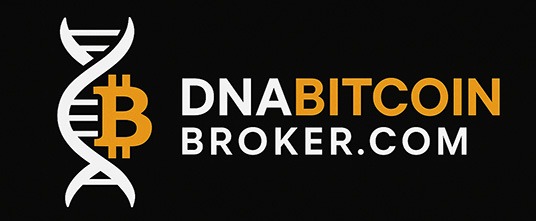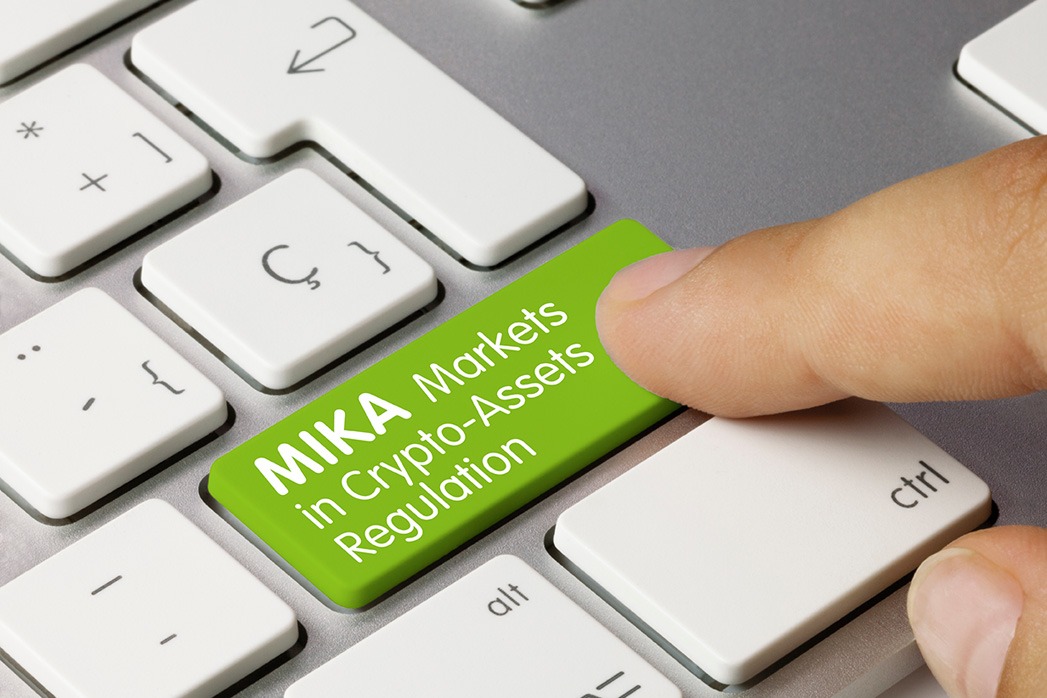Bitcoin’s Scalability: How the Network Is Adapting for the Next Billion Users
“Bitcoin was never meant to be fast — it was meant to last. Scalability made it both.” – DNA Crypto Knowledge Base.
Fifteen years after launch, Bitcoin has proven its durability as a decentralised financial system.
Now, in 2025, the focus has shifted from survival to scalability — how to process millions of transactions securely, efficiently, and globally without compromising the integrity of the network.
Thanks to Layer-2 innovations, sidechains, and new cryptographic efficiencies, Bitcoin is finally achieving the performance required to serve billions of users while maintaining its trustless foundation.
Learn more: Bitcoin Market Dynamics
The Scalability Challenge
Bitcoin’s base layer — the blockchain — processes roughly seven transactions per second (TPS), compared to Visa’s 24,000+.
This difference sparked years of debate and experimentation around how to scale without centralising.
The challenge remains fundamental:
– Increasing throughput often risks security and decentralisation.
– Adding layers must preserve auditability and transparency.
Bitcoin’s solution has been evolutionary, not revolutionary — scaling off-chain, while keeping the base layer immutable.
Explore: Crypto Custody Solutions
Layer 2: The Lightning Network Revolution
At the heart of Bitcoin’s scalability breakthrough is the Lightning Network — a Layer-2 protocol enabling near-instant, low-cost micropayments.
In 2025, Lightning capacity surpassed 6,000 BTC, with daily transactions up 300% year-over-year, largely driven by:
– Integration with exchanges and wallets (including Coinbase, Cash App, and Bitnob)
– Corporate payment adoption for cross-border transactions
– Emerging market utility for remittances and small-value transfers
Lightning enables instant settlement, privacy, and programmability, making Bitcoin more usable for day-to-day finance.
See: Institutional Bitcoin Adoption
Beyond Lightning: Sidechains and Scaling Protocols
Several complementary technologies are reshaping Bitcoin’s scalability ecosystem:
– Liquid Network (Blockstream): A federated sidechain designed for faster, confidential settlements between exchanges and institutions.
– Rootstock (RSK): A smart contract platform pegged to Bitcoin, bringing DeFi and tokenisation capabilities to the network.
– Ark and Fedimint Protocols: Privacy-preserving, community-based systems improving custody and local financial inclusion.
Together, these innovations allow Bitcoin to maintain decentralisation while scaling functionality — bridging institutional-grade finance and open-source systems.
More: Institutional Tokenisation
Institutional Integration: The MiCA Era
As the MiCA regulatory framework comes into force across Europe, Bitcoin’s scalability isn’t just a technical issue — it’s an operational requirement for institutional finance.
DNA Crypto supports this transition by offering:
– MiCA-compliant Bitcoin custody with insured, segregated accounts
– Lightning-powered settlement channels for rapid cross-border transactions
– Tokenised BTC collateral solutions for liquidity management
These developments transform Bitcoin from a speculative asset into a regulatable, scalable, and interoperable financial instrument.
Explore: MiCA and Investor Protections
Scalability and Security: The Balance Point
Every improvement in scalability introduces new variables for security and governance.
The Bitcoin ecosystem continues to manage these through:
– Taproot and Schnorr signatures for privacy and transaction efficiency
– Dynamic fee markets ensuring block space remains valuable and secure
– Open-source auditability, with community-driven consensus guiding upgrades
This decentralised governance model ensures Bitcoin’s resilience, even as it adapts to institutional and global demand.
Learn more: Global Impact of MiCA
The Bottom Line
Scalability was once seen as Bitcoin’s most significant limitation — now it’s its greatest evolution.
Through Lightning, sidechains, and regulation-ready infrastructure, Bitcoin is expanding from digital gold to digital rails for a new global economy.
DNA Crypto remains committed to building compliant, scalable bridges — where Bitcoin’s technology meets real-world financial systems.
Image Source: Adobe Stock
Disclaimer: This article is for informational purposes only and does not constitute legal, tax, or investment advice.












